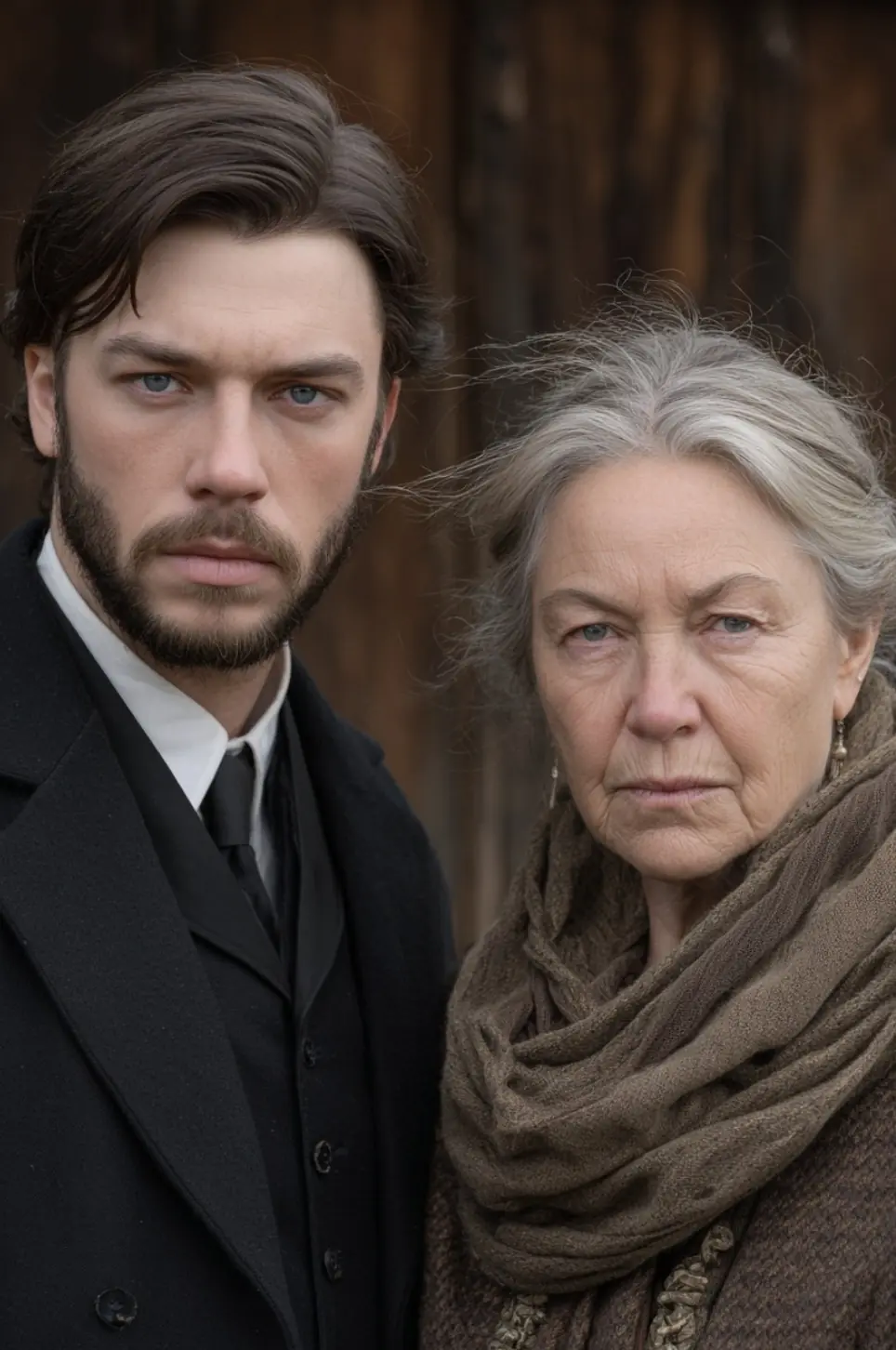
1,000-year-old onion and garlic eye remedy kills MRSA

A Thousand-Year-Old Recipe That Could Save Lives: How Bald’s Leechbook Surprised Modern Science
In a quiet, climate-controlled corner of the British Library, amid shelves of fragile vellum and centuries-old ink, lies a manuscript that has unexpectedly reignited the search for new ways to fight deadly infections. Known as Bald’s Leechbook, this 1,000-year-old Anglo-Saxon medical text was long regarded as an object of historical curiosity—an artifact offering scholars a window into early medieval life and medicine, with remedies for ailments as varied as headaches, fevers, and skin conditions.
But when a team of researchers at the University of Nottingham decided to faithfully recreate one of its recipes—a blend of garlic, onion or leek, wine, and cow bile intended to treat eye infections—they stumbled onto a revelation: this ancient concoction was able to kill up to 90% of MRSA, one of the most notorious antibiotic-resistant bacteria in existence.
This startling discovery has done more than just make headlines—it has injected fresh hope into the global fight against antimicrobial resistance (AMR), a looming crisis that threatens to undermine decades of medical progress. It has also prompted scientists, historians, and public health experts to reexamine an important question: Could solutions to modern medicine’s toughest challenges be hiding, not only in futuristic labs, but also in the overlooked wisdom of the distant past?
Unearthing a Medieval Cure with Modern Potential
Bald’s Leechbook, dating back to the 9th century, is written in Old English and believed to have been compiled by a healer working in an age when spiritual ritual, herbalism, and empirical observation coexisted. Among its pages is a recipe for an “eye salve” that stood out to Dr. Christina Lee, an Anglo-Saxon scholar at the University of Nottingham. She teamed up with microbiologist Dr. Freya Harrison to recreate the formula as authentically as possible.
The process was meticulous: equal parts of crushed garlic and either onion or leek were mixed, combined with wine from a historically accurate English vineyard, then blended with dissolved bovine bile salts. The mixture was left to mature for nine days at 4°C—exactly as the manuscript instructed. At first, the researchers expected to see only modest antimicrobial effects, perhaps due to garlic’s well-known antibacterial properties.
Instead, laboratory tests revealed something extraordinary. When applied to cultures of methicillin-resistant Staphylococcus aureus (MRSA)—a hospital-acquired superbug capable of causing severe and sometimes fatal infections—the salve destroyed up to 90% of the bacteria. None of the individual ingredients came close to this result on their own; only the exact combination, prepared in this specific way, achieved such potency.
Dr. Harrison described the team’s astonishment:
“We were absolutely blown away by just how effective the combination of ingredients was.”
The findings hinted that the remedy’s creators may have been conducting their own form of experimentation—refining and passing down recipes through observation, trial, and careful method—long before the concept of the “scientific method” was formally defined.

Why MRSA Is So Dangerous—and Why This Matters Now
MRSA is a strain of Staphylococcus aureus that has developed resistance to multiple frontline antibiotics, including methicillin, penicillin, and amoxicillin. In hospitals and nursing facilities, it is a formidable threat to patients with open wounds, compromised immune systems, or implanted medical devices. The infections it causes—ranging from pneumonia to bloodstream infections—can escalate rapidly into life-threatening sepsis.
According to the U.S. Centers for Disease Control and Prevention (CDC), MRSA is responsible for about 10,000 deaths annually in the U.S., with far more patients worldwide suffering from long-term health complications. Its resilience is part of the broader AMR crisis, fueled by decades of overuse and misuse of antibiotics in both healthcare and agriculture. The World Health Organization warns that, without new solutions, the world could enter a “post-antibiotic era” where minor wounds or routine surgeries become deadly again.
Given the slow pace of pharmaceutical innovation in the antibiotic sector—largely due to high development costs and limited commercial incentives—the discovery of a thousand-year-old remedy capable of outperforming certain modern treatments is both scientifically and strategically significant.

Ancient Knowledge Meets Modern Science
The eye salve recipe in Bald’s Leechbook is unusually precise for its time. It specifies ingredient ratios, preparation techniques, storage conditions, and a nine-day maturation period—details suggesting that the healer who recorded it understood how these factors influenced the remedy’s effectiveness.
Dr. Lee emphasizes that medieval medical texts are often dismissed too quickly as “folk magic” when, in fact, they may contain empirical insights born from centuries of human experience. Other medieval remedies in similar manuscripts hint at treatments for infections we now know to be bacterial, suggesting a more systematic knowledge base than previously assumed.
The Nottingham team’s work is a prime example of interdisciplinary research: combining historical linguistics, microbiology, analytical chemistry, and ethnobotany. By treating a medieval manuscript not merely as a cultural artifact but as a scientific hypothesis, they revived a dormant treatment with real-world therapeutic potential.

Implications for Drug Discovery and Public Health
One of the most important takeaways from this research is the concept of synergy—the way multiple ingredients can interact to produce an effect far greater than the sum of their parts. Modern pharmaceutical development often focuses on isolating single “active” compounds, which risks overlooking powerful natural combinations.
This insight could reshape drug discovery. Instead of discarding complex remedies because they cannot be reduced to a single molecule, researchers might design studies to test and optimize whole formulations. Such approaches are already gaining traction in ethnopharmacology, which systematically investigates traditional medicines from around the world.
From a public health standpoint, the success of Bald’s eye salve is a reminder that natural and historical remedies—when rigorously tested—should not be dismissed out of hand. They may provide valuable alternatives or complements to synthetic drugs, especially in an era when pharmaceutical pipelines are drying up.
Looking Backward to Move Forward

The rediscovery of this Anglo-Saxon remedy underscores a simple but powerful idea: innovation in medicine doesn’t always mean creating something entirely new. Sometimes it means rediscovering something ancient, then validating and improving it with modern science.
In the coming years, the Nottingham team hopes to investigate other remedies from Bald’s Leechbook and similar manuscripts, expanding the search for antimicrobial agents that might work against today’s most stubborn pathogens. If more ancient recipes prove effective, they could form the basis for a new wave of antibiotic development—one informed as much by history as by high-tech chemistry.
The lesson is clear: the past still has secrets to share, and in the fight against antibiotic resistance, we cannot afford to ignore any potential ally—whether it comes from a cutting-edge lab or a thousand-year-old book bound in leather.
News in the same category


The real reason why nobody has ever found human remains inside the Titanic wreckage

The Simpsons fans devastated as show 'kills off' one of the main characters for first time ever

NASA releases closest-ever images to the sun and everyone is asking the same thing

Secret CIA Documents Declare That The Ark Of The Covenant Is Real, And Its Location Is Known

Scientists Warn China-Identified Bat Virus Just One Mutation Away From Sparking Global Pandemic

EventsCalifornia On High Alert After Invasive Crab Capable Of Scaling 13-Foot Walls Discovered

Coca‑Cola Fires Back After Trump Claims He Switched The Coke Recipe

Modified Herpes Virus Shrinks Advanced Melanoma Tumors in Trials, Offering Fresh Hope Against Stubborn Skin Cancer

People are just realizing insane coincidence that links The Matrix and 9/11 tragedy

Former NASA boss makes heartbreaking admission about the future of US space travel

Why You Should Disconnect Your WiFi at Night And Sleep With Your Phone on Airplane Mode in Another Room

The Heartbreaking Fate Of ‘Little Albert’: Child Subject Of Historic Study Died At Just Six

Farmer Plants 1,000 Oak Trees to Create Memorial for Late Wife

TV Star Claps Back at Trolls Over Her Māori Face Tattoo

Insane amount of money viral 'Storm Area 51' stunt cost the US military

Scientists explain 'puzzling blob' heading straight for New York City that's hidden 200 kilometers below our feet

Inside the Life of Australia’s Largest Clan: The Bonell Family

Guy Mocked for Dating 252-lb Woman
News Post

Proven Inflammatory Foods to Avoid According to Science

A Quiet Act of Kindness That Restored My Faith in Humanity.
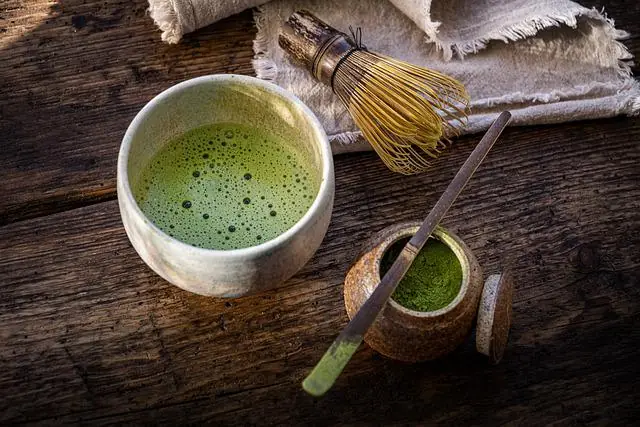
Proven Health Benefits of Matcha Green Tea: Weight Loss, Cancer and More (Evidence Based)

A Boy Named Shayden Just Wanted One Thing: A Friend — Can We Help?
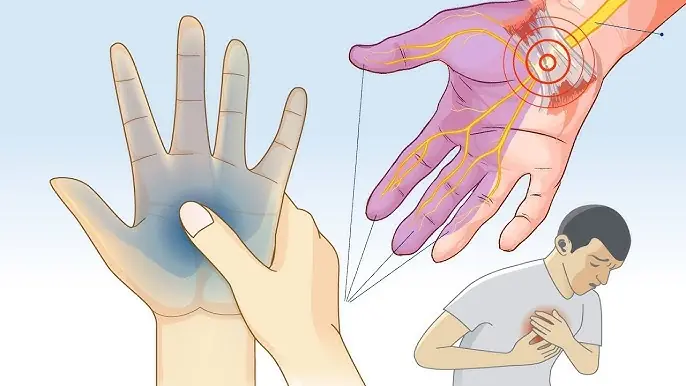
Waking Up with Numb or Tingling Hands: What It Really Means (Science Based)

My MIL Kicked My 6-Year-Old Daughter Out of My Nephew’s 7th Birthday Party – When I Found Out Why, I Had to Teach Her a Lesson

One Day My FIL Snapped, 'Did You Forget Whose House You're Living In?' — I Felt Humiliated and Had to Str!ke Back

Amazon's forgotten $500,000,000 deal that 'killed' Toys 'R' Us in 'cruel' move

The real reason why nobody has ever found human remains inside the Titanic wreckage

My Parents Kicked Me Out for Refusing to Attend Their Dream College — Five Years Later, They Got a Lesson They’ll Never Forget

I Thought My Daughter Was Just Going Through a Phase, but Her Journal Exposed a Truth I Wasn't Ready for – Story of the Day

Scientists Reverse Aging of a 53-Year-Old’s Skin Cells to That of a 23

Thyroid Gland: How to Balance Its Hormones
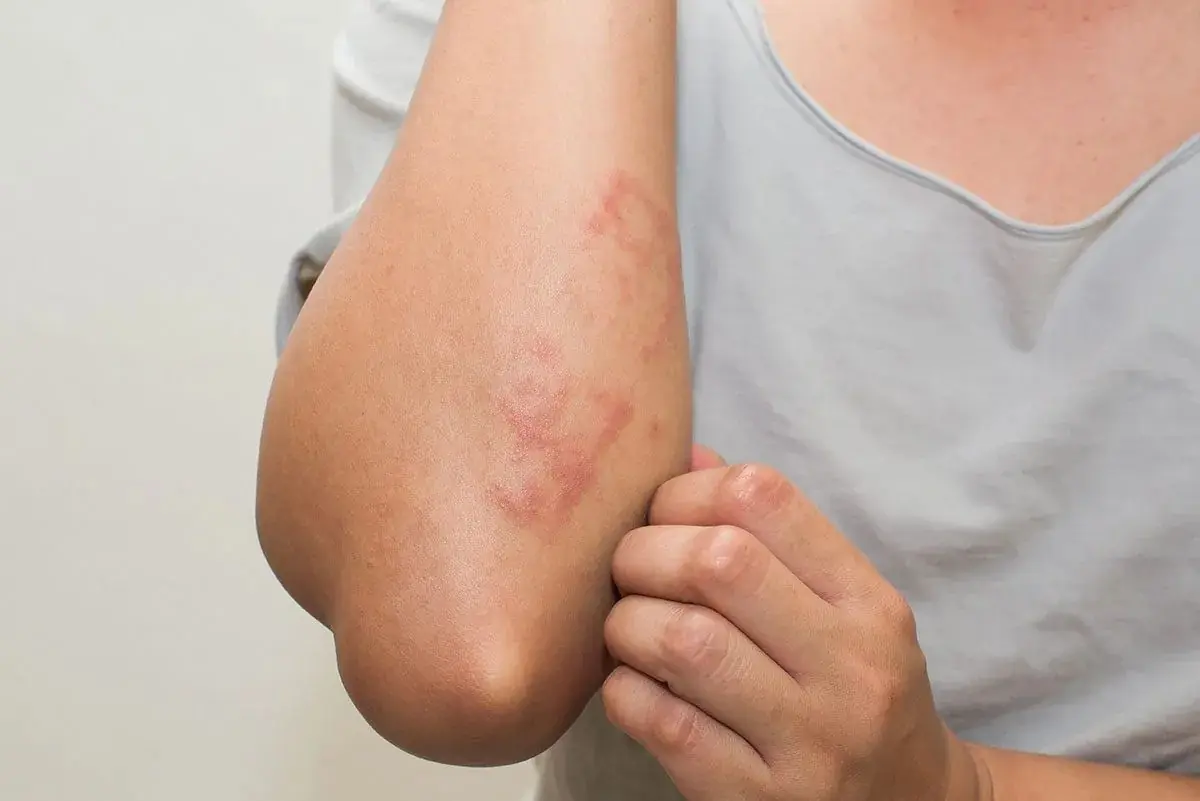
Gluten Intolerance Warning: Eczema and Other Hidden Signs Revealed
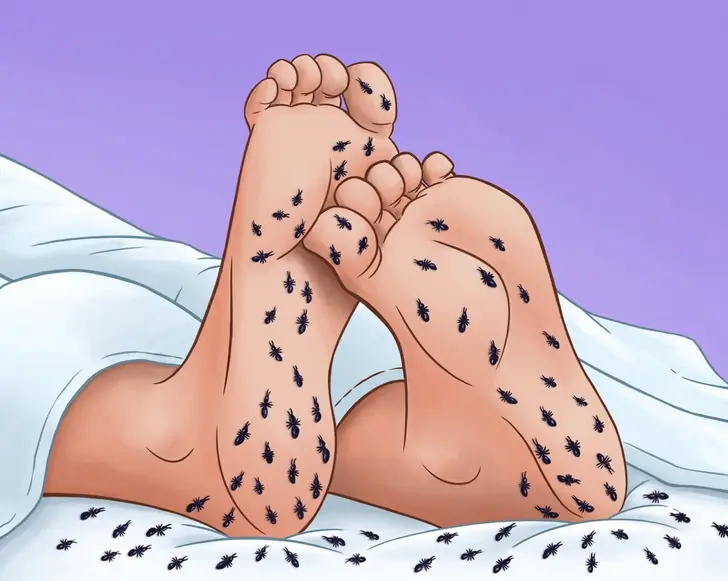
Your Body Is Begging You to Notice These High Blood Sugar Warnings
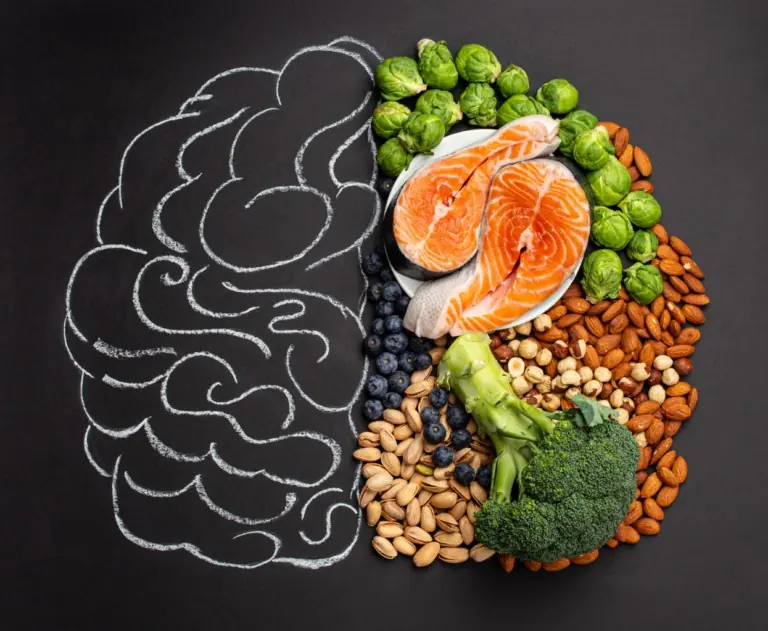
Research Reveals 12 Powerful Foods to Boost Your Brain, Improve Memory, and Make You Smarter

The Dog Who Never Ran Away Again.

Officer’s Quick Fix Turns Routine Call into a Viral Moment of Kindness.
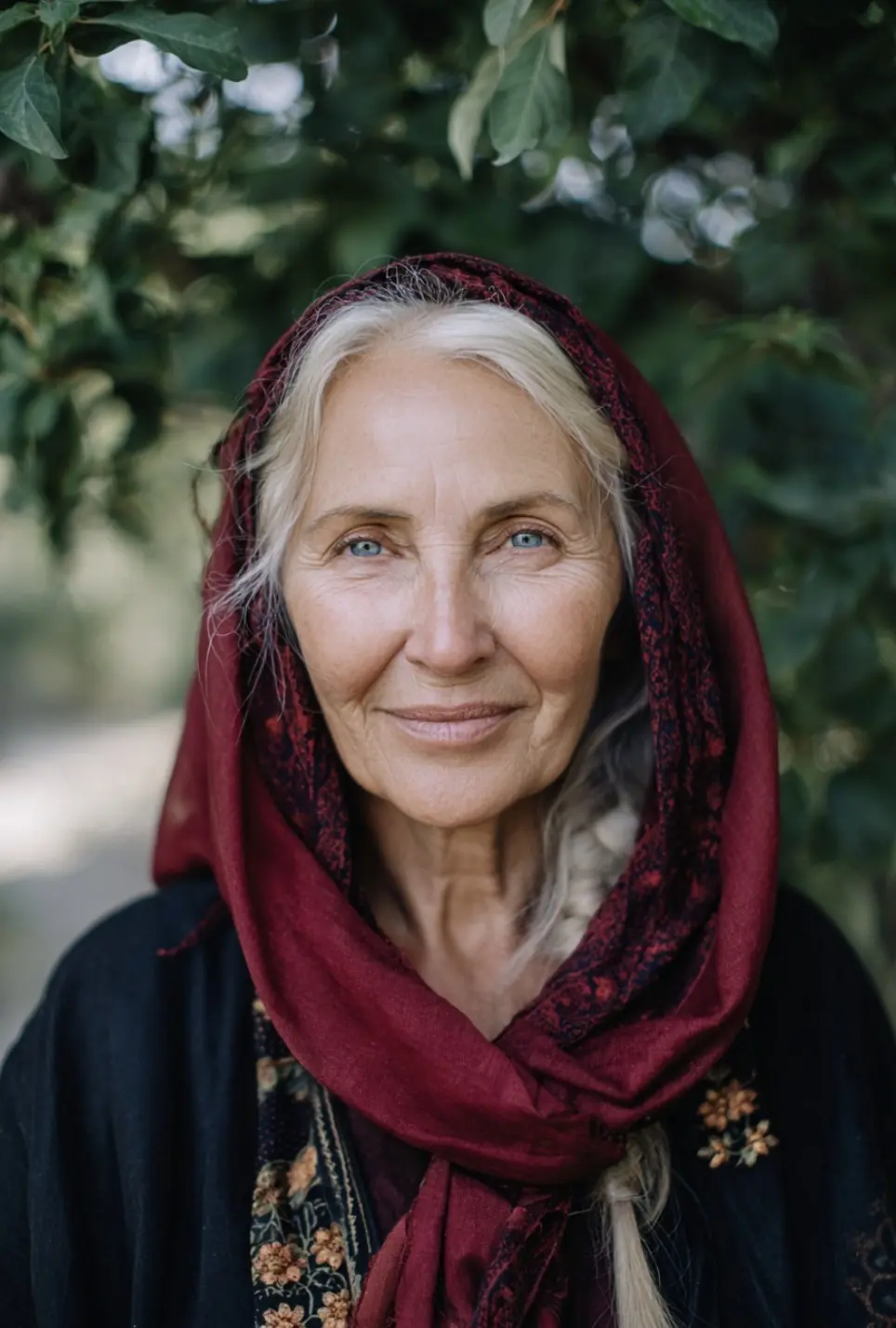
My son brought a psychiatrist home to have me declared legally incompetent.
